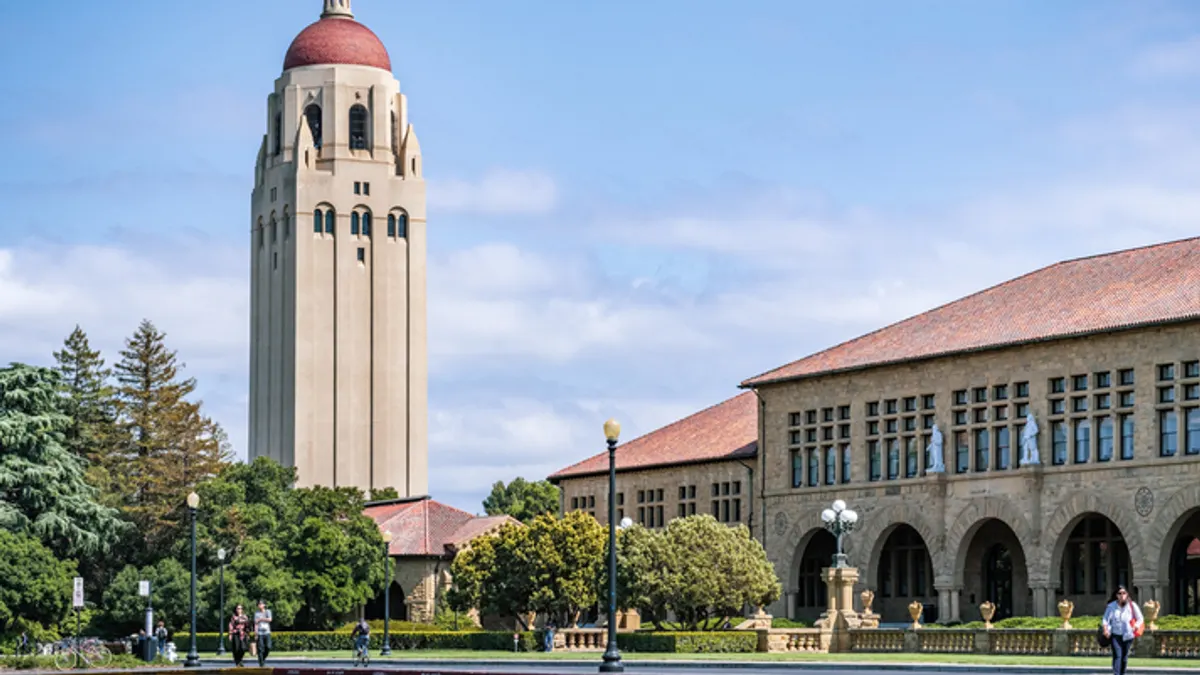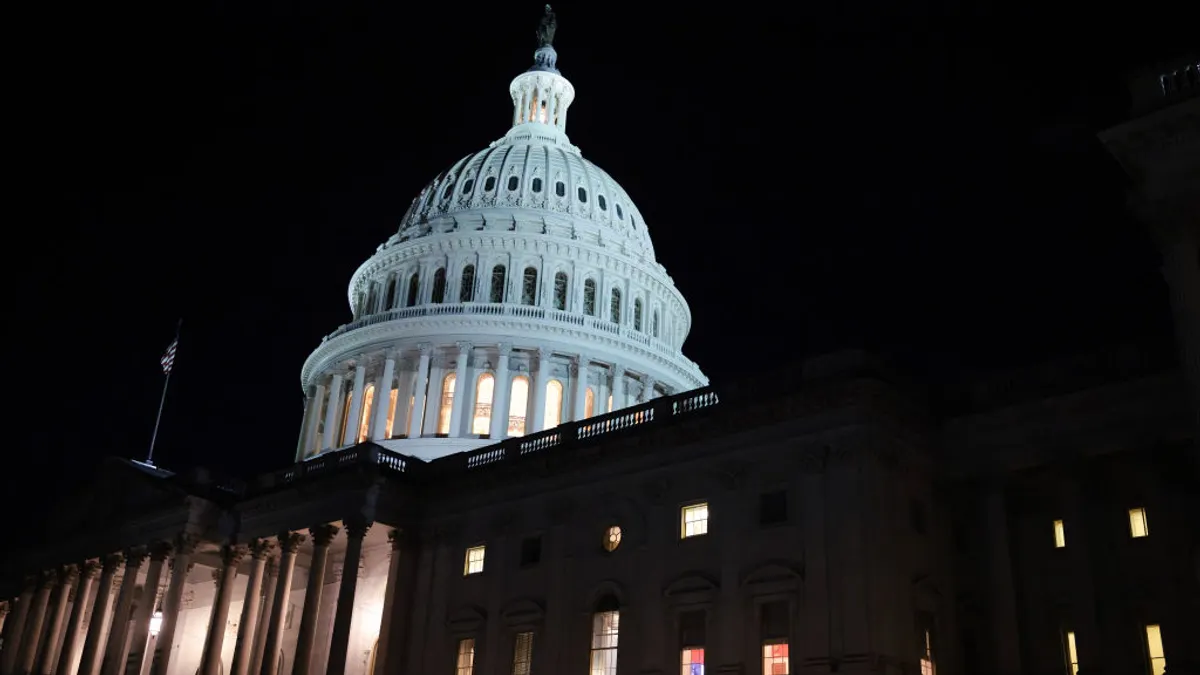
At first glance, there’s little to distinguish Mary Ellen Deutsch’s lifestyle from that of any other college student: there’s her untamable bag crammed with coursework, her laptop and hastily eaten snack wrappers indicative of a life constantly on the go, there are the constant cell phone interruptions, and the mention of her class schedules and course load. But after a brief conversation with the time-crunched second year student, talk soon shifts to family, a house on Chicago’s North Shore and the pressures of the job as an HR executive. It also includes her participation in the part time EMBA program at The Kellogg School of Management at Northwestern University. “It didn’t require a lot of thought,” says the ‘forty-something’ Deutsch. “I just saw this as a window, as a good time — probably the only time I would be able to get back to college and finish up my education,” she says.
Increasingly, students like Deutsch are becoming the norm in a bid for better jobs, better salaries and career advancement. These nontraditional students have little in common with their 18-21 year-old counterparts, as they weave widely differing lifestyles, incomes and age groups with their motivation for further education. As an important emergent group, they are becoming the future of higher education.
UNDERSTANDING A NEW STUDENT POPULATION
College enrollment administrators have not been having an easy time as of late. A general decline in the number of traditional-age high school graduates, combined with general concerns about the value of a college degree, has created a challenging environment for academic administrators. “College enrollments tend to follow an inverse relationship with the general health of the economy,” explains Barnes & Noble College’s Research Specialist Steve McSpiritt. “When the economy is doing well, enrollments fall. It’s also generally the trend that when the economy is doing poorly, college admissions benefit from that uncertainty.” These kind of factors have led college administrators to embrace nontraditional students who, like Deutsch, fall outside of the generally accepted perception of a college student.
According to Susan Schurman, former Dean of the University College Community – Rutgers University-New Brunswick’s program dedicated to serving nontraditional students, 60 percent of high school graduates begin their undergraduate degree, but only about a third of them actually finish in the traditional four-to-six year time frame. “There are millions of people out there with some college ranging from a semester to three years or more — but no degree,” she said in an interview in The Daily Targum.
The current Distinguished Professor of Labor Studies and Employment Relations at Rutgers University was herself a nontraditional student. Schurman began her career as a bus driver before enrolling in college — eventually earning a doctoral degree in adult education from the University of Michigan. “Fortunately my family members were supportive, though I certainly missed a lot of school and social events for my spouse and my daughter, who was a preteen at the time,” she said.
DEFINING NONTRADITIONAL STUDENTS
Barnes & Noble College’s McSpiritt has been looking more closely at this group in a major research effort to better understand this vitally important student population. The first obstacle he faced was obtaining an accurate definition of the term ‘nontraditional.’ “Even the Department of Education has varying and incomplete definitions on what it means to be a nontraditional student,” he explains. “It could relate to any kind of delayed college enrollment, being financially dependent or having dependents, being employed full time — even having a nonstandard high school diploma — all are defined as nontraditional, but we know there are other factors.” Other criteria include being the first in the family to go to college, distance learning, or English as Second Language (ESL) students.
As evidenced by their research on millennials and Generation Z, McSpiritt stresses this is an opportunity for Barnes & Noble College to better define the parameters of this category. Recent research from the Bill and Melinda Gates Foundation found that 62 percent of polled students are working full or part-time while pursuing their degrees, with 59 percent commuting to class from off-campus residences, while nearly half are pursuing a degree in their late 20s, 30s and 40s. The need for college administrators to understand this trend is underscored by not only admissions concerns, but by the efforts they may need to employ to retain them over the full course of their college program. “When you have a third of all students transferring, not only is that a lost revenue opportunity for the institution, but it shows that the student has somehow felt unsupported — that they’ve missed out on that full college experience,” McSpiritt says.
A TOUCHPOINT TO THE COLLEGE EXPERIENCE
Barnes & Noble College believes its new research, which will be published this fall, will uncover better opportunities for their bookstores to play a key role in connecting these nontraditional students to the academic and even social college experience. “We have an established touch point with a population who might be less connected to their campus,” McSpiritt points out, “and if we can identify in this study how nontraditional students differ from the traditional population, what factors might make a student abandon their education or what support might be lacking for them to complete their education — that kind of information will be significant to the success of our campus partners,” he adds.





